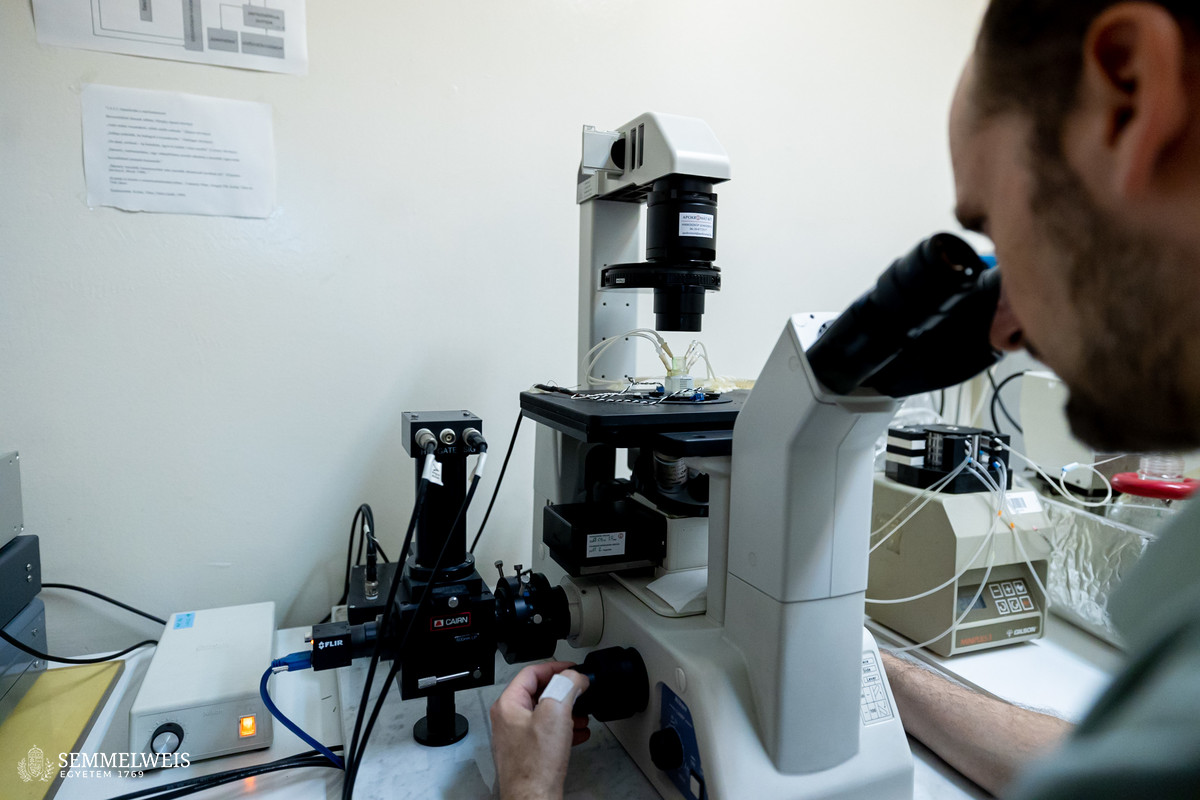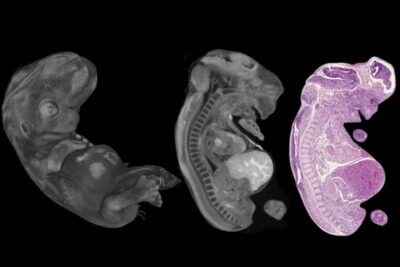Studies in mouse models have shown that the signal transduction system originates in the parabrachial nucleus, the “thermostat” in the head, which is responsible for sensing temperature. “We observed the activation of specific cells in this area in the brains of mice exposed to temperatures of 40 degrees Celsius for an hour,” reported Dr. Tibor Harkány. The cells extend into the hypothalamus, the brain’s center of visceral control, where the neurons for food intake are located. However, signals are not transmitted to these neurons directly, but through special cells called tanycytes that line the ventricles of the brain. The extensions of the tanycytes penetrate the brain tissue and eventually come into contact with the neurons stimulating food intake. “The signaling pathway we have discovered shows that heat alone does not affect satiety as previously thought. The release of a specific growth factor inhibits the activity of brain cells that stimulate food seeking and intake,” explains Dr. Tibor Harkány.
As Dr. Alán Alpár emphasizes:
Information transfer in the brain is usually a very fast process. Our work successfully demonstrates that long-lasting, protracted signal transduction mechanisms involving non-classical cell types are also required for the responses that control the body’s equilibrium.
Keeping the core temperature between 36.5 and 37.4 degrees Celsius is essential for life. Our body therefore triggers various reactions when exposed to acute heat. “Reducing food or calorie intake is one such survival strategy at high ambient temperature. By discovering the underlying neuronal circuitry, we can advance basic research in this area,” explains Dr. Tibor Harkány. But there is more: a series of further experiments have confirmed the researchers’ finding that the key players in the newly decoded signaling pathway could be potential molecular targets for the development of drugs to treat obesity and anorexia.
“Inhibiting or activating the neuronal network by pharmacological means may prove to be a promising treatment option for morbid obesity or malnutrition in applied research,” concludes Dr. Alán Alpár.
A brainstem-hypothalamus neuronal circuit reduces feeding upon heat exposure;
Marco Benevento, Alán Alpár, Anna Gundacker, Leila Afjehi, Kira Balueva, Zsofia Hevesi, János Hanics, Sabah Rehman, Daniela D. Pollak, Gert Lubec, Peer Wulff, Vincent Prevot, Tamas L. Horvath and Tibor Harkany;
Photo: Attila Kovács – Semmelweis University
Translation: Judit Szabados-Dőtsch



